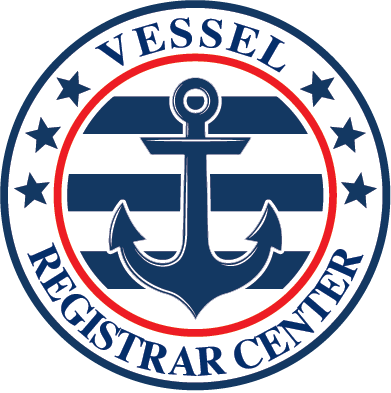If you are about to get yourself in the middle of a sell-buy transaction, learning how to write an appropriate boat bill of sale is definitely something you must know how to do. Legally, this document is used to transfer ownership from one party to another. In a way, it is similar to getting a receipt from something you bought at a shop, with the difference that in the case of boats, this will have a greater legal authority. A bill of sale may be used as evidence of ownership by the buyer since it documents the transfer of ownership. With the bill of sale, you can also accomplish the transfer of the boat’s title, the update of the registration, and the addition of insurance. Without further ado, let’s find out how to write one in this step-by-step guide.
1- Set Your Paperwork in Order
The first step you should take when getting ready for your boat bill of sale is that all of your paperwork is in order. We are not only talking about your vessel: the engine and trailer of the boat also need to be registered and/or titled before you publish it on sale. If you don’t have a title, make sure you still possess the bill of sale from when you previously purchased the boat. Potential buyers may also ask you to have a look at the boat’s maintenance documentation to confirm its condition.
2- Clean and Maintain Adequately
Once again, before putting your boat up for sale on the market, it is a good idea to thoroughly clean it and repair the boat. This way you will not only increase the value of the vessel, given that the buyer won’t have to repair it, but also help you to sell it faster if you are in a rush. Additionally, you can hire someone to take photos of the boat, to display its best characteristics in well-lit settings.
3- Advertising the Boat Online or Having Someone to Sell It
At this point, you need to make a decision: whether you sell your boat on the internet or to use a broker or dealer. You may determine this by identifying the boat’s worth on the market and considering items like condition, age, or demand. It is easier to sell it with a broker, of course, but also considerably more expensive. When advertising your boat, try to include a detailed description of the vessel’s condition and features, and if you are accompanying it with any other equipment.
4- Set up a Price and Payment Arrangement
Now that someone is interested in your boat, you can arrange virtually a price and payment mechanism. Some parties arrange for the seller to pay for a part of the tax. The recipient’s name, your relationship with them, and the amount of money you are not charging them can be included in the notes section of the boat bill of sale.
5- Where to Find the Information you Want to Include on the Boat Bill of Sale
When a prospective buyer contacts you, you need to be specific with the information you include on a boat bill of sale. Generally, you will find your Hull Identification Number (HIN) on the rear of the boat. Motor details like model or horsepower can be found on a plate attached to the motor. The VIN and weight information will probably be around on a sticker next to the trailer frame. If you want to add any specifications about a determined item of the boat you can do so in the notes section.

6- Details you Need for your Boat Bill of Sale
Now that the terms have been agreed upon, perhaps it’s a good idea to meet in person. The details you need to include on the boat bill of sale should be at least:
- Buyer and Seller names and addresses
- Date
- Selling Price
- Manufacturer’s name, model number, year, color, and condition. HIN number.
- If you are including any other item on the transaction (trailer, engine, life jacket, etc)
- The seller’s warranty information
- People involved in the transaction’s signatures
Once the seller receives the payment in full, you can sign the boat bill of sale under your state regulations. Some states require a notary public to be present during the transaction. Even if you don’t need one, it won’t hurt to have a witness during the deal, in case any disagreements emerge.
Now that you know how to do it, it is time to write the bill of sale. If there is any other boat documentation you need help with, contact us on our site, the Maritime Documentation Center




